Table of Contents
Welcome back to Weekly Dose of Space! This week saw nine launches taking place, with only one carrying a single satellites. News from the week had the Artemis Accords gaining a new signatory while the European Space Agency is seeking more funding. As always, we'll also look ahead to what the worldwide launch schedule might look like next week.
Launches This Week
May 11th - Long March 6A Yaogan-40 Group-02
A Long March 6A lifted off from the Taiyuan Satellite Launch Center carrying three satellites into polar orbit for Yaogan-40 Group-02. The three satellites are expected to perform electromagnetic environment monitoring of areas of the Earth below.
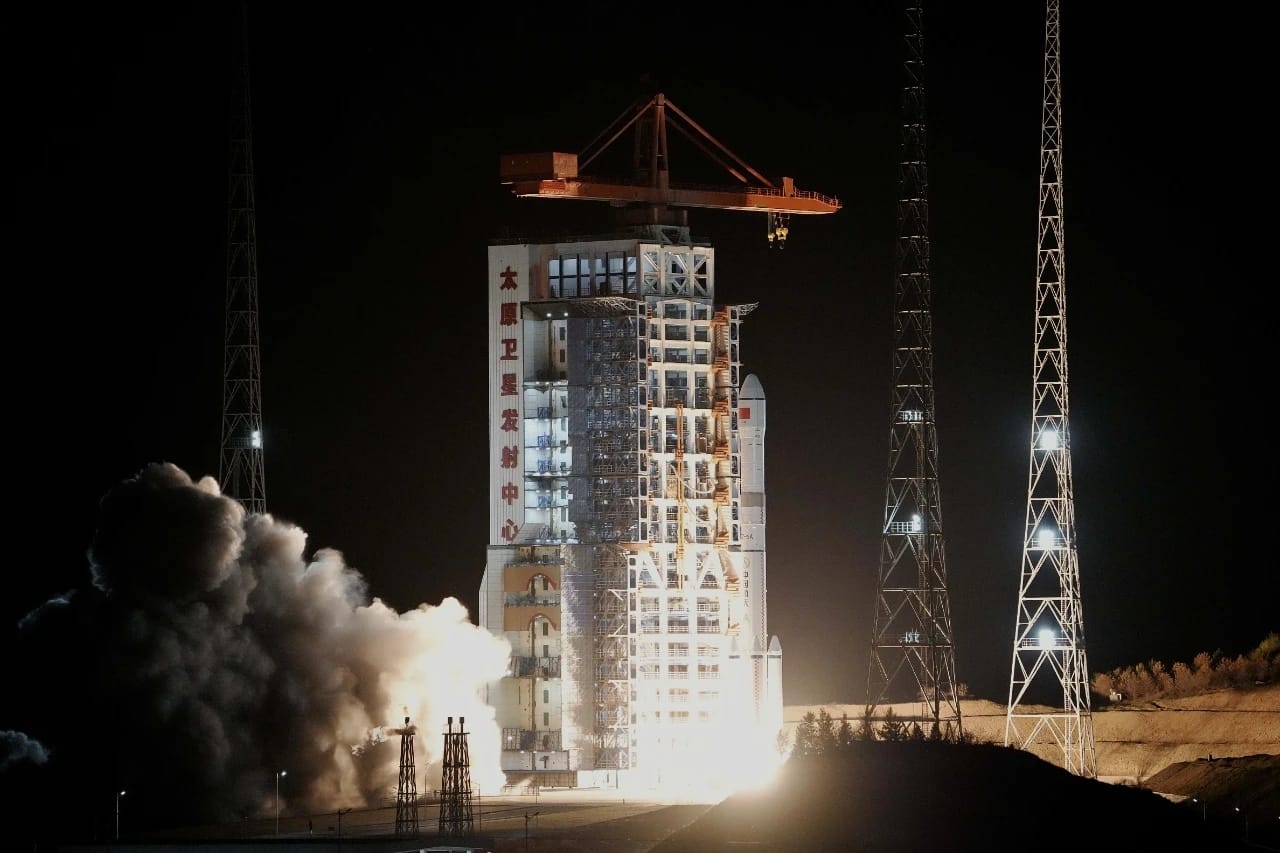
May 12th - Long March 3C/E with TJSW-19
The first Long March 3C/E in almost four years blasted off from the Xichang Satellite Launch Center carrying the TJSW-19 satellite to geostationary orbit. TJSW-19 is said to provide communications, radio, television, and data transmission, as well as testing and verification for multi-band high-speed throughput communications technologies.
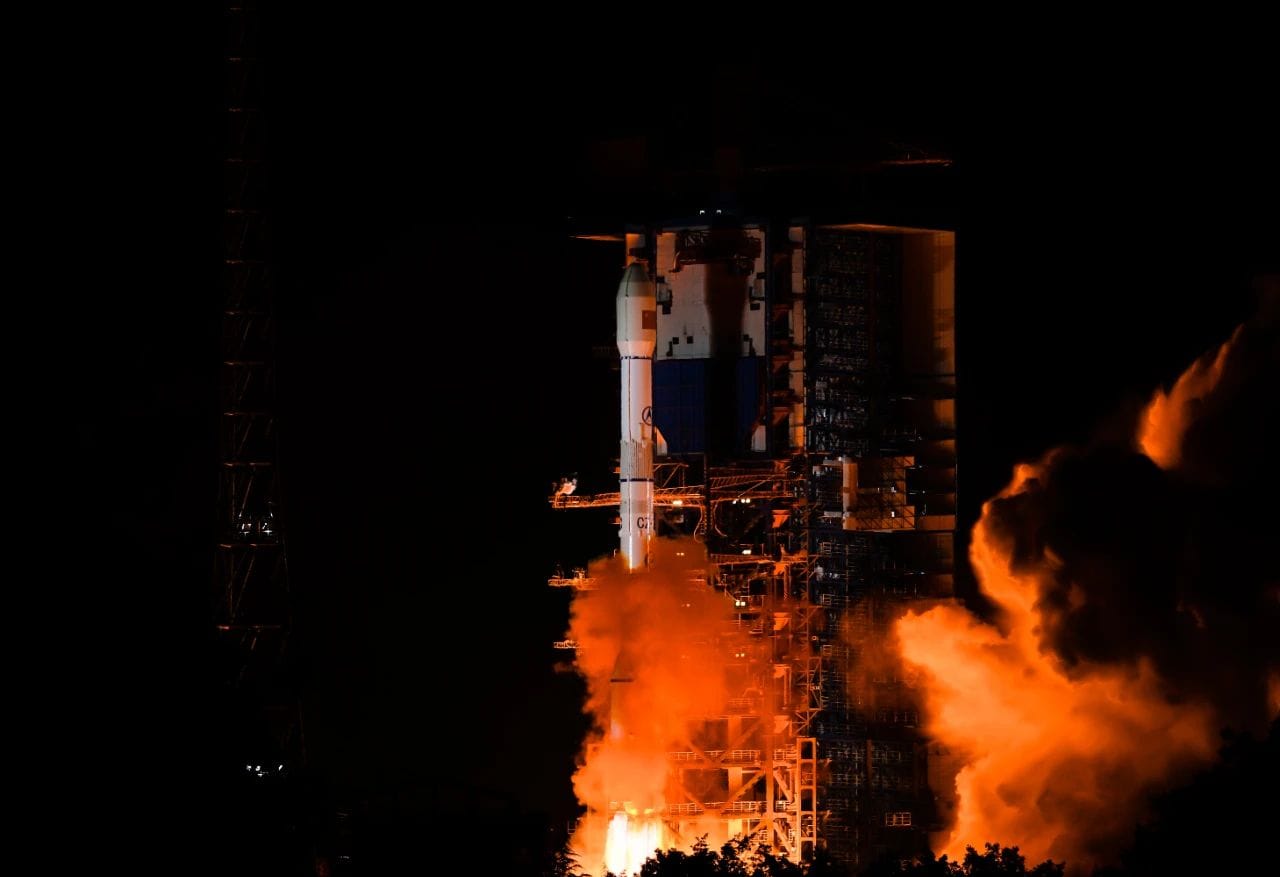
May 13th - Falcon 9 with Starlink Group 15-4
A Falcon 9 departed from Space Launch Complex 4E, in California, carrying twenty-six Starlink satellites to low Earth orbit. Supporting this mission was booster B1088, for its sixth flight, and landing downrange on the drone ship 'Of Course I Still Love You'.
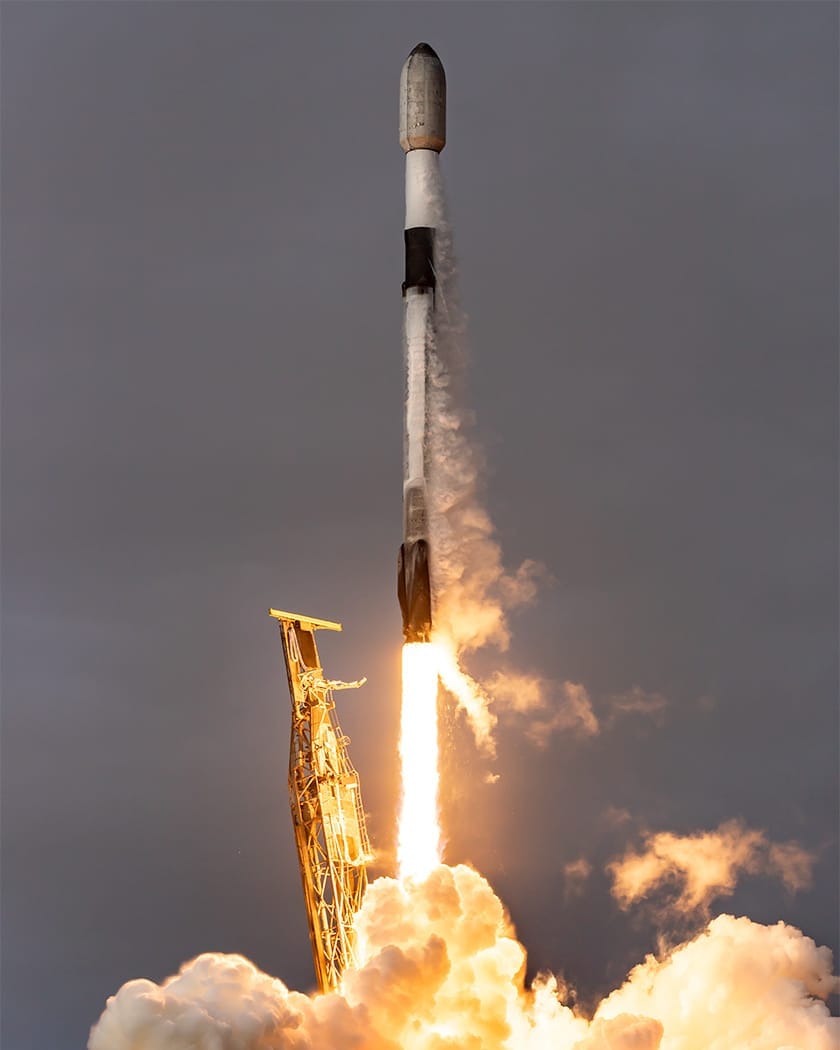
May 13th - Falcon 9 with Starlink Group 6-83
Another batch of twenty-eight Starlink satellites were delivered to low Earth orbit by a Falcon 9 flying from Launch Complex 39A, in Florida. Booster B1067 supported this mission on its twenty-eighth flight, with a landing on the drone ship 'Just Read The Instructions' downrange'.
May 14th - Long March 2D with Three-Body Computing Constellation Group-01
A Long March 2D blasted off from the Jiuquan Satellite Launch Center carrying the first 12 satellites for ADA Space's Three-Body Computing Constellation into sun-synchronous orbit. This constellation could have up to 2,800 satellites in orbit for AI-enabled processing of spacecraft data in space.
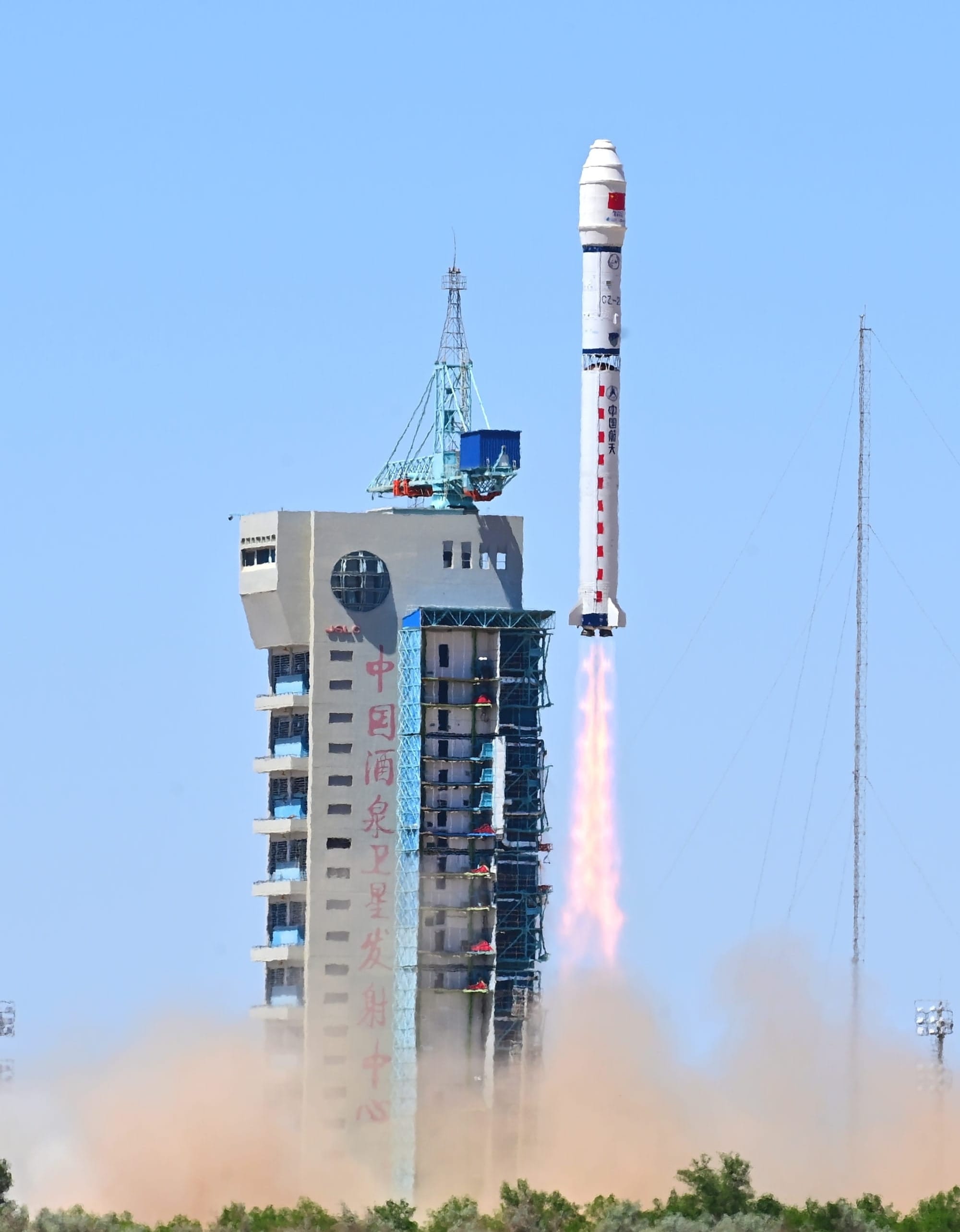
May 14th - Falcon 9 with Starlink Group 6-67
Twenty-eight more Starlink satellites were sent to low Earth orbit from Space Launch Complex 40, in Florida, atop of a Falcon 9. In support of this mission was booster B1090, performing its fourth flight and landing downrange on the drone ship 'A Shortfall Of Gravitas'.
May 16th - Falcon 9 with Starlink Group 15-5
Yet another Falcon 9 delivered another twenty-six Starlink satellites to low Earth orbit from Space Launch Complex 4E. Booster B1093, on its second flight, supported this mission, with a landing on the drone ship 'Of Course I Still Love You' downrange.
Falcon 9 deploys 26 @Starlink satellites, completing our 125th mission from pad 4E in California pic.twitter.com/aUOU57erDG
— SpaceX (@SpaceX) May 16, 2025
Falcon 9's second-stage deploying Starlink satellites for the Group 15-5 mission, via SpaceX on Twitter.
May 17th - Zhuque-2E with six Tianyi satellites
LandSpace's Zhuque-2E rocket performed its second flight from Launch Area 96A at the Jiuquan Satellite Launch Center, carrying six Tianyi satellites to a sun-synchronous orbit. The satellites, developed by Spacety, are Tianyi-29, Tianyi-34, Tianyi-35, Tianyi-42, Tianyi-45, and Tianyi-46. They will be used for Earth imaging, geological monitoring, radar-based change detection, laser communication tests, and space science research.
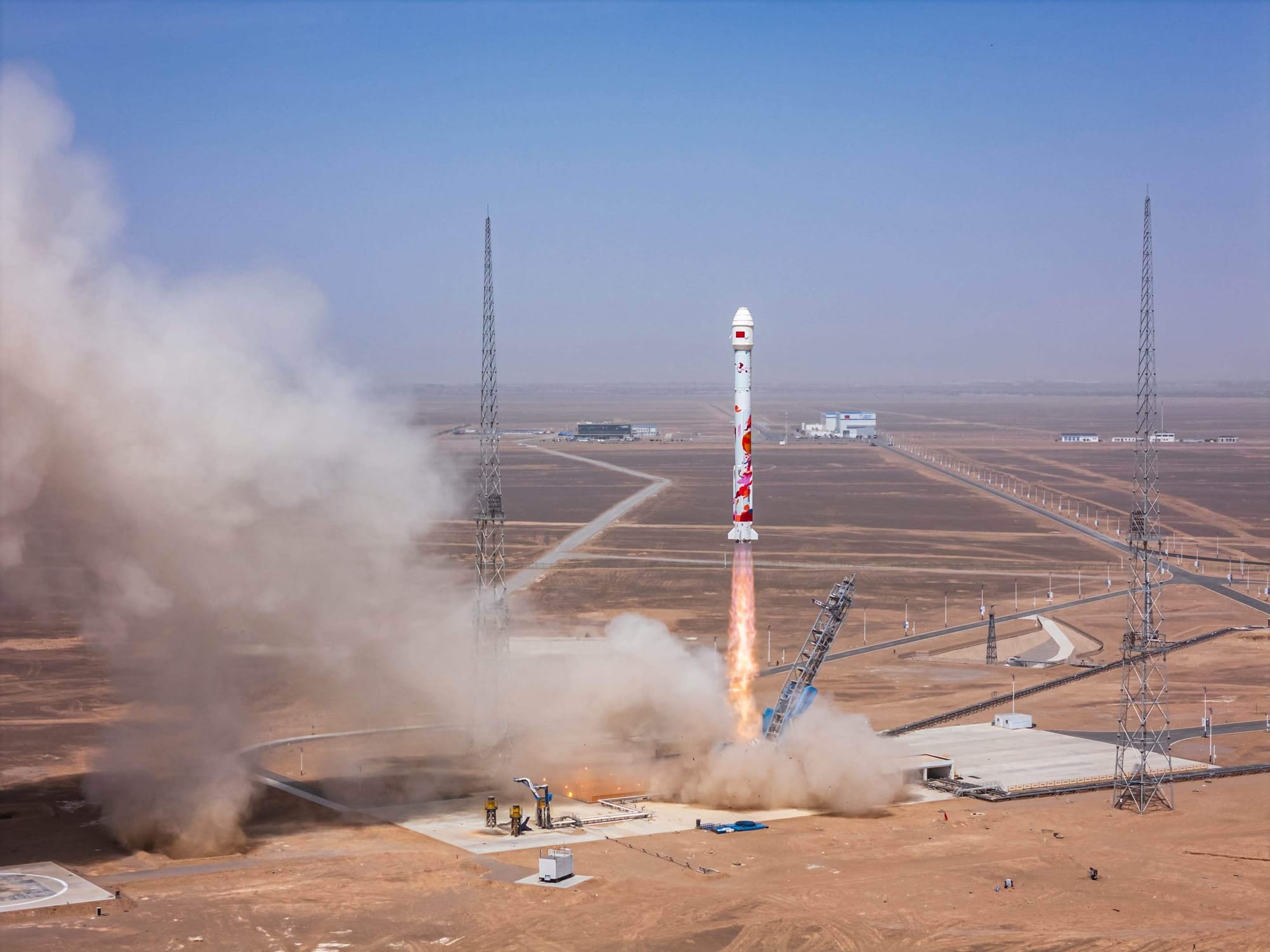
May 17th - Electron for 'The Sea God Sees'
Rocket Lab launched its Electron rocket from Launch Complex 1A, on the Māhia Peninsula in New Zealand, carrying one of iQPS' synthetic aperture radar satellites to low Earth orbit. The satellite is planned to be part of a constellation of thirty-six satellites that will repeatedly image parts of Earth every ten minutes.

In Other Space News
Norway signs Artemis Accords
Norway has signed the U.S.-led non-binding Artemis Accords on May 15th, becoming the fifty-fifth country to do so. A signing ceremony took place at the Norwegian Space Agency in Oslo, with Norway's Minister of Trade and Industry, Cecilie Myrseth, signing on behalf of the country. Following signing, Myrseth stated:
“We are pleased to be a part of the Artemis Accords,” – “This is an important step for enabling Norway to contribute to broader international cooperation to ensure the peaceful exploration and use of outer space.”
NASA's acting Administrator Janet Petro added:
“We’re grateful for the strong and meaningful collaboration we’ve already had with the Norwegian Space Agency,” – “Now, by signing the Artemis Accords, Norway is not only supporting the future of exploration, but also helping us define it with all our partners for the Moon, Mars, and beyond.”
With the signing of the accords, Norway joins Angola, Argentina, Armenia, Australia, Austria, Bahrain, Bangladesh, Belgium, Brazil, Bulgaria, Canada, Chile, Colombia, the Republic of Cyprus, Czech Republic, Denmark, the Dominican Republic, Ecuador, Estonia, Finland, France, Germany, Greece, Iceland, India, Israel, Italy, Japan, Liechtenstein, Lithuania, Luxembourg, Mexico, Netherlands, New Zealand, Nigeria, Panama, Peru, Poland, the Republic of Korea, Romania, Rwanda, Saudi Arabia, Singapore, Slovakia, Slovenia, Spain, Sweden, Switzerland, Thailand, Ukraine, the United Arab Emirates, the United Kingdom, and Uruguay as a signatory.
ESA head calls for more funding
ESA Director General Josef Aschbacher called for increased funding at the European Space Agency (ESA) on May 13th in front of the European Parliament. Speaking to the parliament, Aschbacher said it was a miracle that Europe has its position as a leader in space with its limited funding.
Aschbacher noted that Europe contributes around ten percent of the global government spending for space, behind both China and the United States. As such, he argued that:
"All the space budgets in Europe need to increase. It cannot be that we are a world economic powerhouse but in space we are relatively modest in terms of our investment."
This call for increased funding is in the wake of massive proposed cuts to NASA programs that ESA supports. Regarding the U.S., Aschbacher added:
"Europe needs to strengthen its autonomy, strengthen its independence, build up capacity and therefore be ready. We cannot wait until ’28."
ESA is currently preparing for its next three-year budget, which will be decided following a meeting of member states in November.
What to Expect Next Week
May 18th - PSLV-XL with RISAT-1B
A PSLV-XL rocket is preparing to launch from the Satish Dhawan Space Centre, in India, to deliver the RISAT-1B synthetic aperture radar imaging satellite to low Earth orbit.
May 19th - Ceres-1S with a to-be-annouced payload
Galactic Energy's Ceres-1S is expected to launch from a sea launch platform off the waters of Rizhao in the Yellow Sea, possibly carrying four Tianqi internet-of-things satellites to low Earth orbit.
May 20th - Falcon 9 with Starlink Group 12-15
SpaceX is planning to launch a batch of Starlink satellites to low Earth orbit from Space Launch Complex 40, in Florida, via a Falcon 9.
May 20th - Long March 7A with a to-be-annouced payload
A Long March 7A is preparing to launch from Launch Complex 201 at the Wenchang Space Launch Site, carrying a currently undisclosed payload toward geostationary orbit.
May 20th - Falcon 9 with Starlink Group 11-16
Another batch of Starlink satellites are planning to be launched to low Earth orbit from Space Launch Complex 4E atop of a Falcon 9.
May 21st - Kinetica-1 for its return to flight
CAS Space could conduct Kinetica-1's return to flight as soon as May 21st with a launch from the Jiuquan Satellite Launch Center.
May 22nd - Starship-Super Heavy's ninth flight test
The in-development fully reusable Starship-Super Heavy rocket may fly its ninth flight test as early as May 22nd. But SpaceX is still waiting for full regulatory go-ahead.







